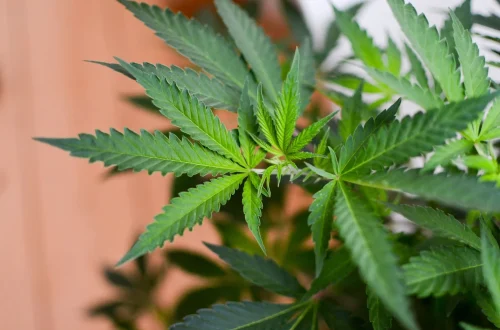Drug Policy Question of the Week – 4-5-12
As answered by Mary Jane Borden, Editor of Drug War Facts for the Drug Truth Network on 4-5-12. http://www.drugtruth.net/cms/node/3817
Question of the Week: What is Ibogaine?
According to a 2008 article in the Journal of Ethnopharmacology,
“The incidence of opioid-related deaths in the US doubled between 1999 and 2004, with methadone and oxycodone accounting for most of this increase.”
Expanding in parallel with this explosive growth is a subculture that by 2006 had
“increased fourfold relative to the prior estimate of 5 years earlier, an average yearly rate of growth of approximately 30%.”
This subculture advocates for opiate treatment with Ibogaine, defined by a Journal of Neuroscience article from 2005 as,
“a natural alkaloid extracted from the root bark of the African shrub Tabernanthe Iboga,[that] has attracted attention because of its reported ability to reverse human addiction to multiple drugs of abuse, including alcohol. Human anecdotal reports assert that a single administration of ibogaine reduces craving for opiates and cocaine for extended periods of time and reduces opiate withdrawal symptoms.”
A 2011 Journal of Legal Medicine review suggested that it is with higher doses that the user experiences the drug’s most intense effects, which are
“characterized as the “panoramic recall of a large amount of material relating to prior life events from long-term memory, primarily in the visual modality,” or the “waking dream” state. If the user is an addict, he or she will usually be taken back to the place and time where the underlying issue leading to the addiction arose, allowing the addict to gain critical insight into the reasons why he or she abuses.”
The irony is that, classified as a Schedule I controlled substance, ibogaine is listed in the same highly restricted category as the very drugs it counteracts.



